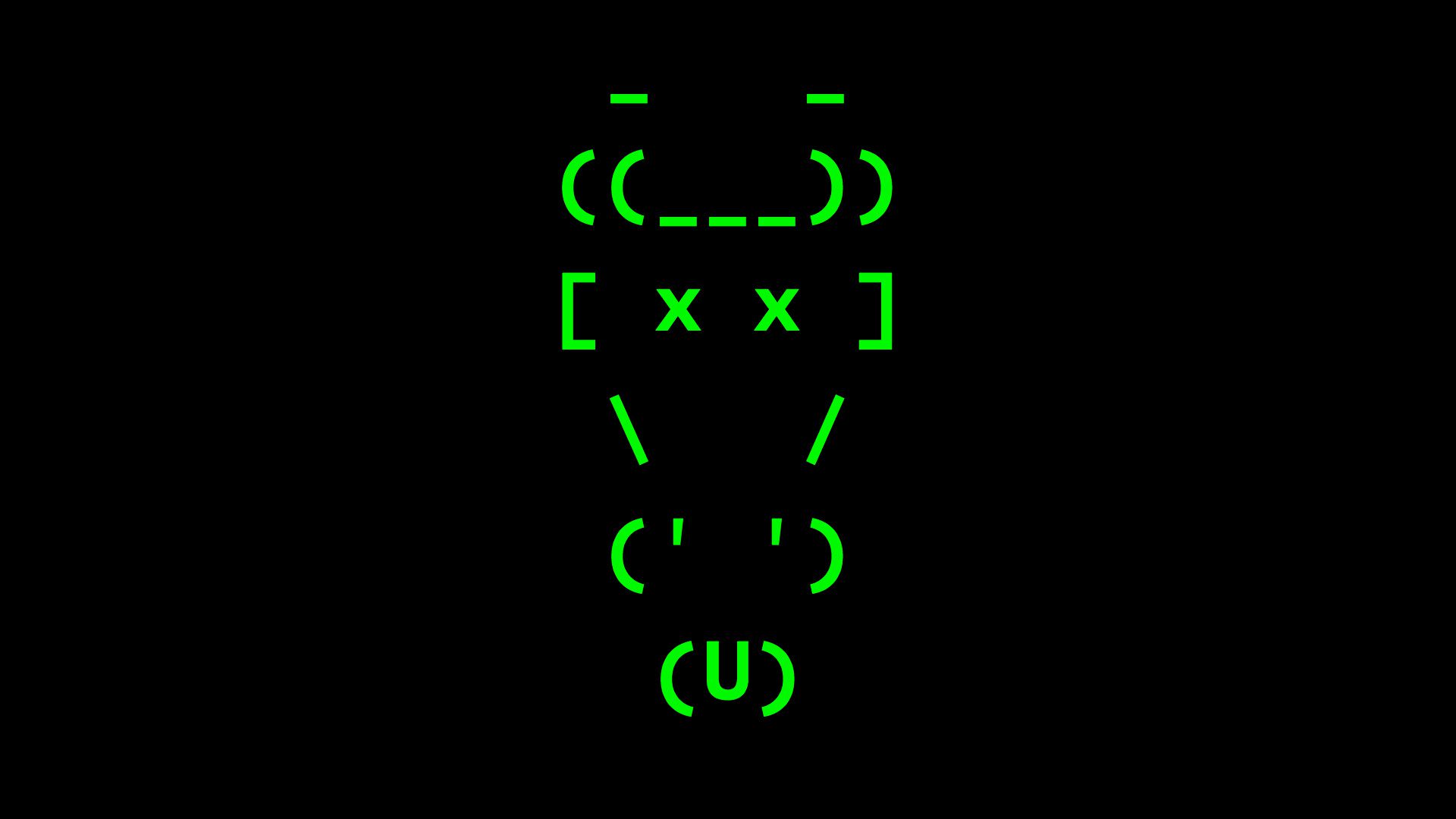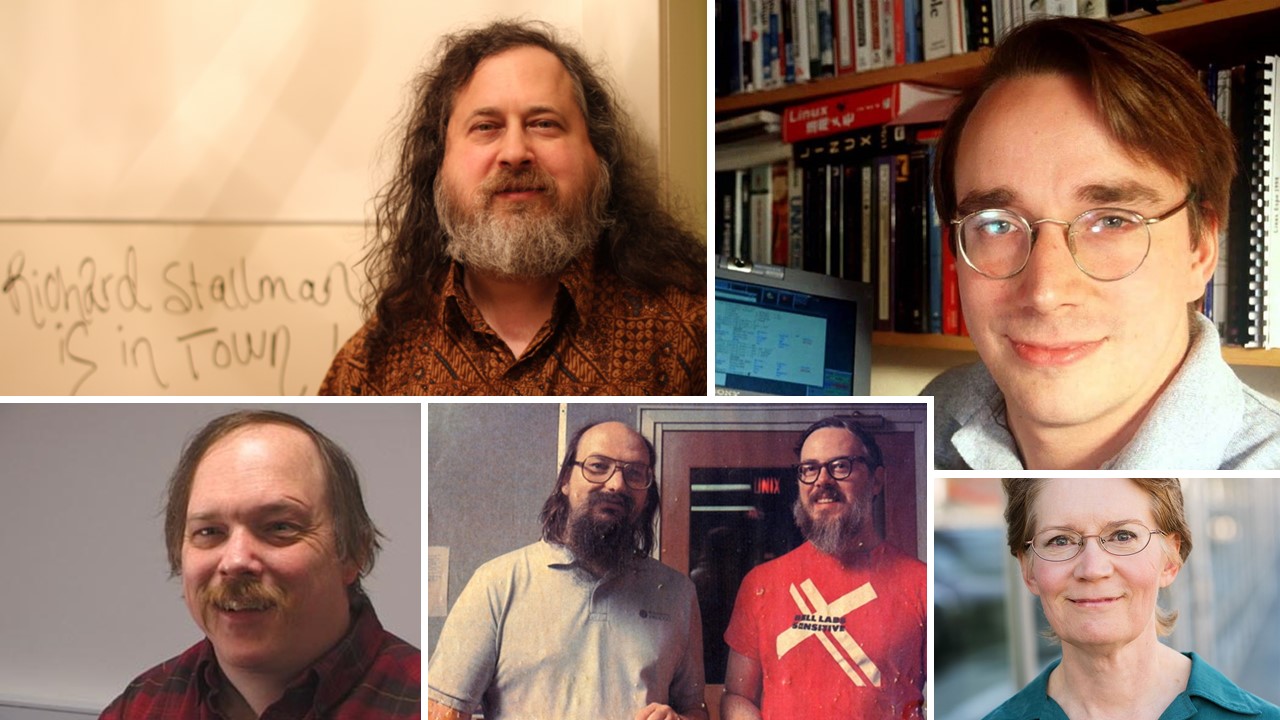
Xi Jinping and the Chinese APT’s Ambition
The post-COVID macro political movements, including ongoing conflicts, have prompted a majority of states to shift their medium- to long-term political objectives. Clearly, a paradigm shift has been very common in the war sector, with Europe attempting to shift some of its member states’ resources, and the United States increasingly adopting a highly protectionist economic stance, using tariffs as a means of reducing trade deficits with key countries, including China. INTRO – The Silence of the Dragons The recent decisions taken by POTUS Donald Trump regarding the Chinese economic entity are nothing more than the continuation of decisions taken in the first











